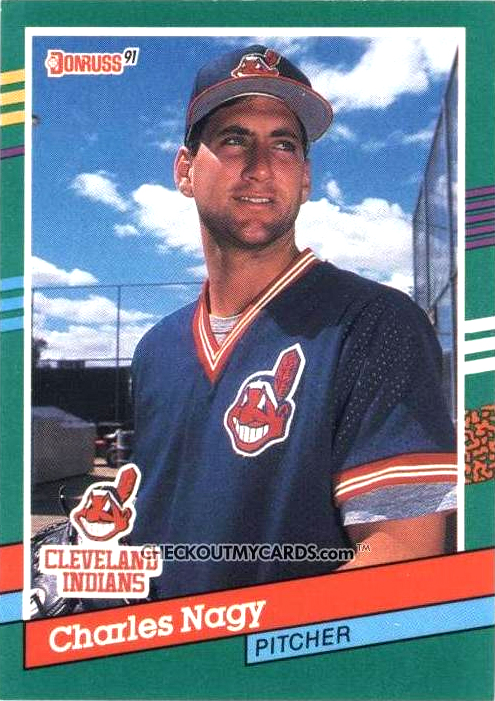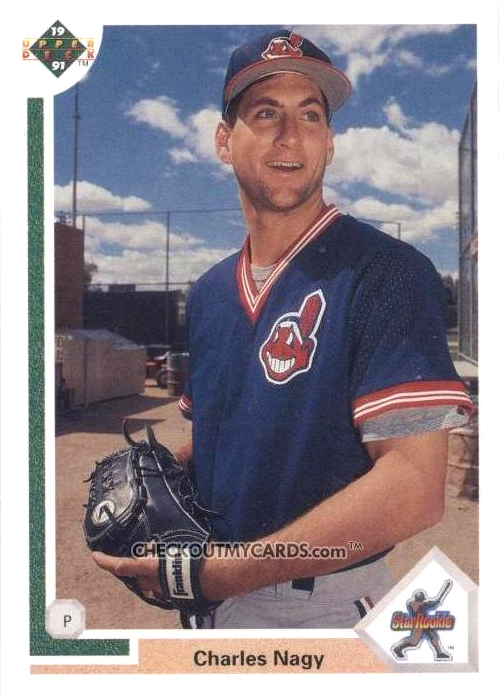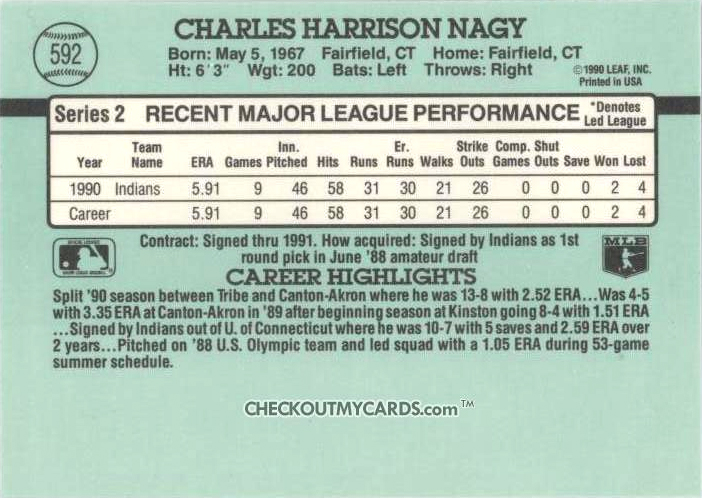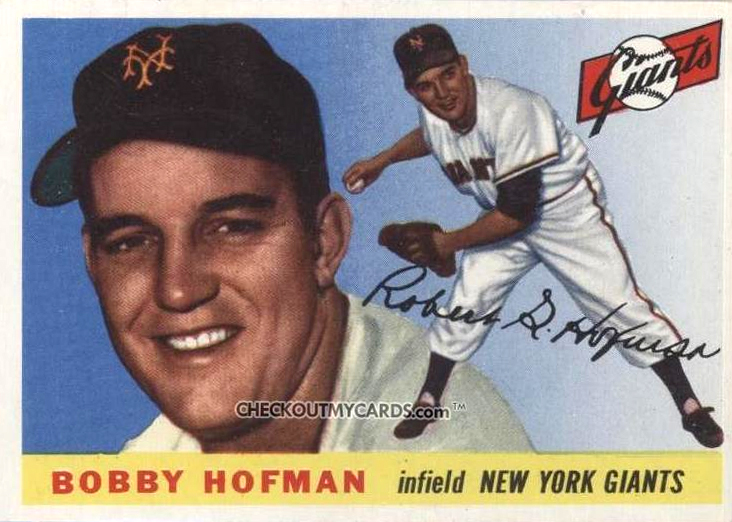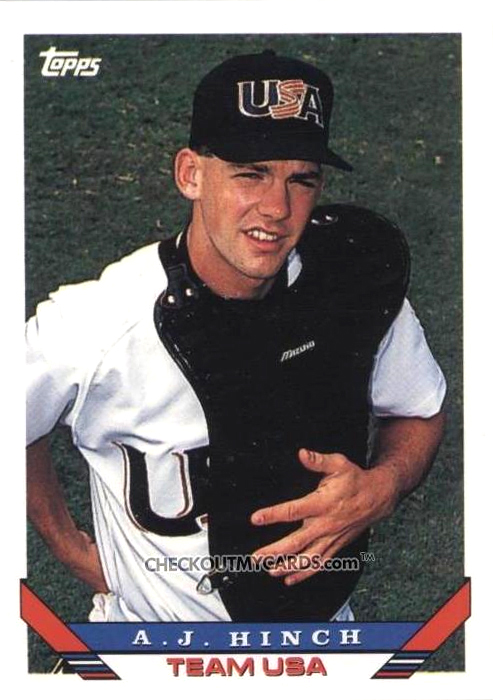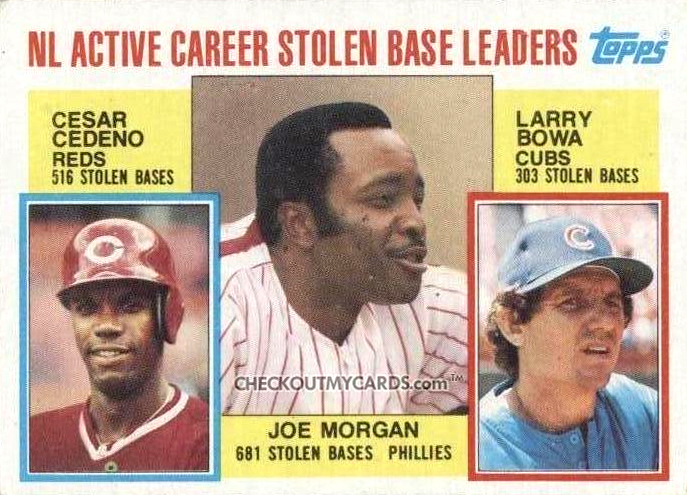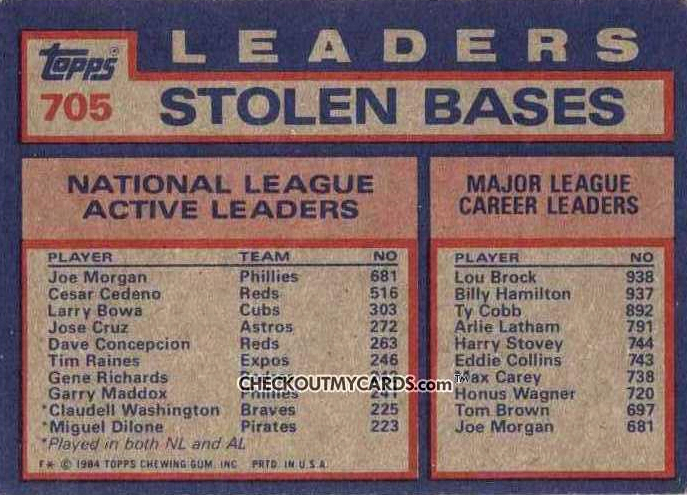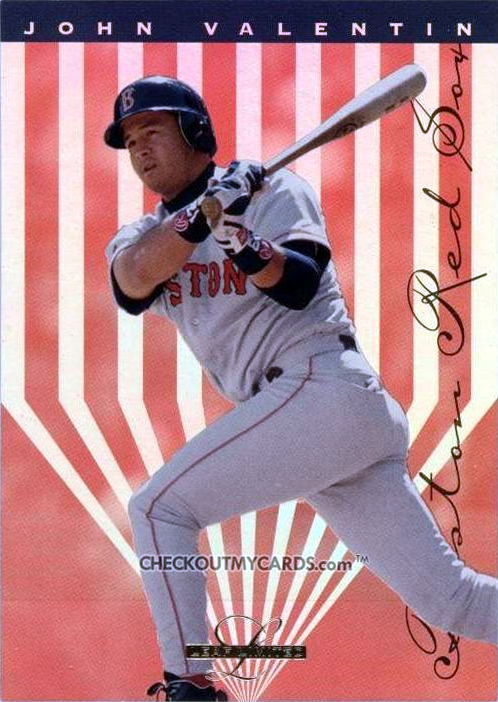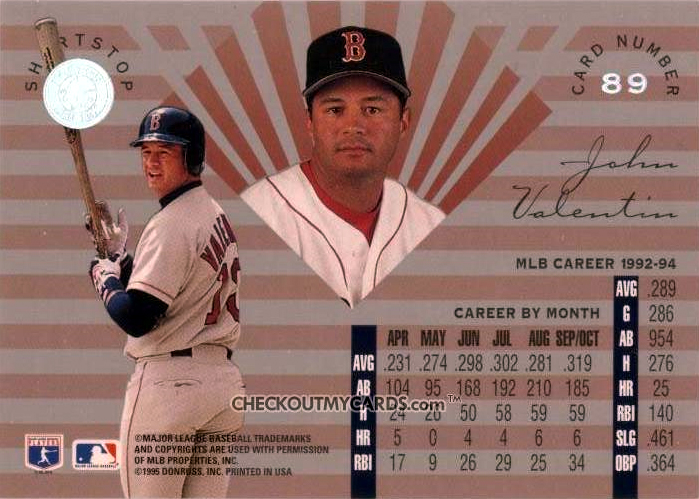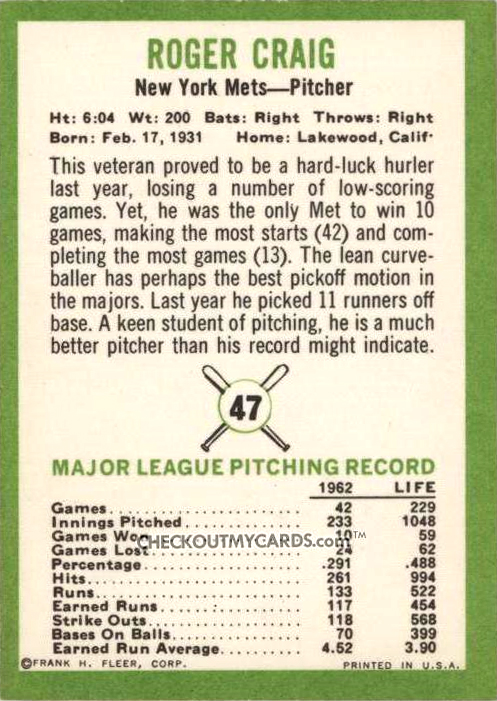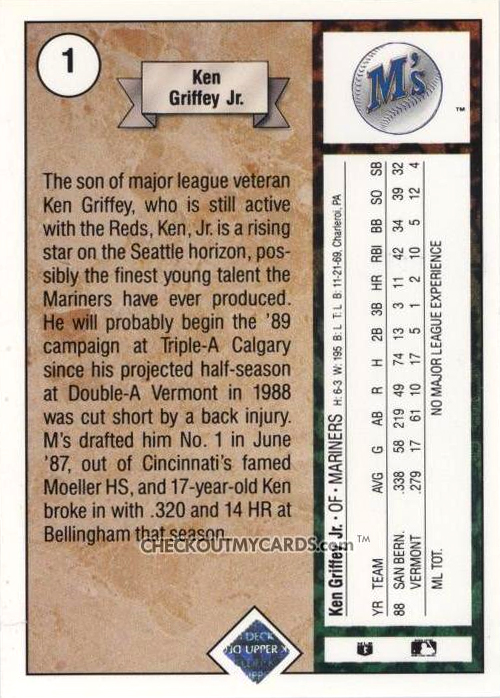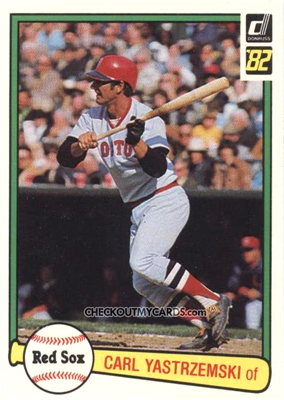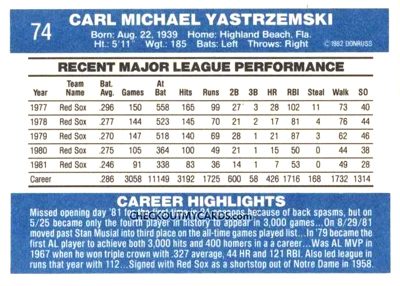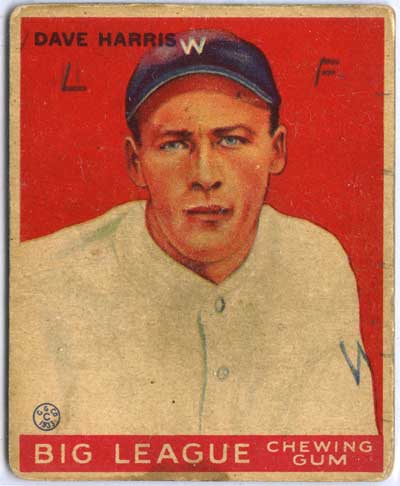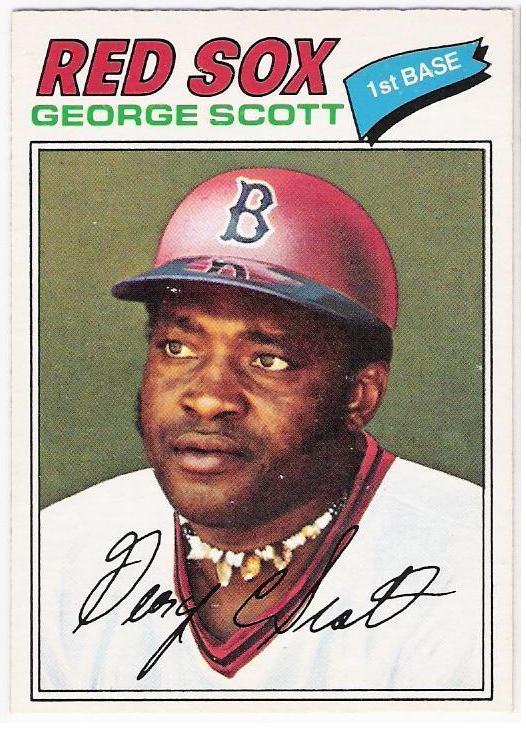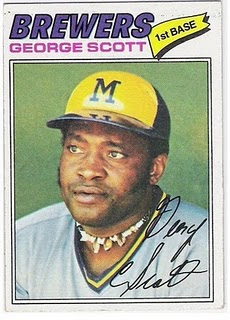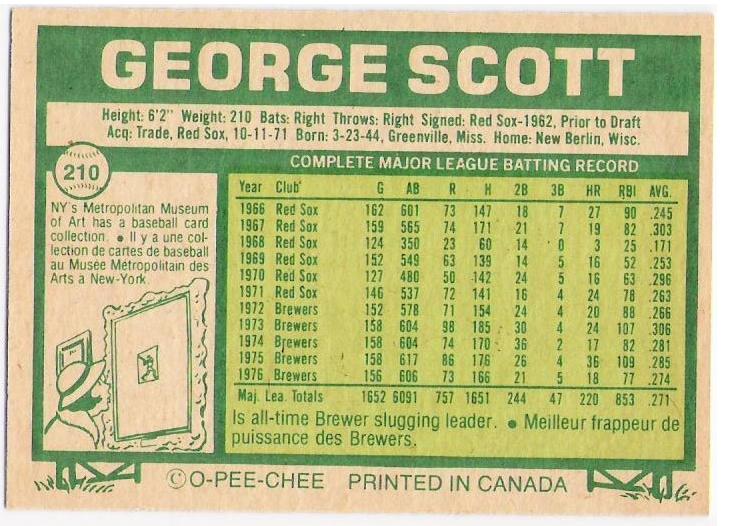Card of the Week: 1991 Donruss #592 Charles Nagy
14th July 2010
Card of the Week has moved to Wednesdays!
(click on images for larger versions)
This is a wonderful baseball card that shows you everything great about the hobby. This photo for the 1991 set was taken in spring training of 1990. Nagy was a minor-leaguer, hoping to make it to the show that year. He's fresh-faced, and he's not even standing on the field--he's behind a couple of chain-link fences with a tractor and a big trash barrel visible in the background.
What a totally unique photo!
Ummm...
Except for the fact that his 1991 Upper Deck photo is almost identical!
If you look carefully at the two cards, you can see that the photos were probably taken by different photographers. That would make sense, since teams usually hired their own personnel to go take the photos (as opposed to buying them from free-lancers who might sell different photos to different card companies.) Aside from the different facial expression Nagy's making, notice that the fence to the right is in a very different position. The Upper Deck photograph must have been a couple of steps to the right, creating more space between Nagy and that fence. Also notice that the clouds are further to the right behind Nagy, although they might have moved a bit between photos.
In any event, these two photos were probably taken within a few seconds of each other.
Getting back to the 1991 Donruss card, I really hated this design. They added all those stripes with random color and texture. They add absolutely nothing to the card. (For collectors, they remind me of the 1990 Topps design, with all their random colored borders...really annoying.) For comparison purposes, just look at the clean and classy 1991 Upper Deck design. Despite Nagy's funny face, it's quite the superior card.
Nagy holds the distinction of being the last pitcher to get a hit in the All-Star game:
| Cr# | Date | Batter | Tm | Lg | Pitcher | Score | Inn | RoB | Out | RBI | Play Description |
|---|---|---|---|---|---|---|---|---|---|---|---|
| 1 | 1933-07-06 | Lefty Gomez | NYY | AL | Bill Hallahan | tied 0-0 | b 2 | 12- | 2 | 1 | Single to CF; Dykes Scores; Cronin to 2B |
| 2 | 1933-07-06 | Lon Warneke | CHC | NL | General Crowder | down 0-3 | t 6 | --- | 1 | 0 | Triple to RF |
| 3 | 1934-07-10 | Red Ruffing | NYY | AL | Van Mungo | ahead 6-4 | t 5 | 123 | 1 | 2 | Single to LF; Dickey Scores; Averill Scores; Gehringer to 2B |
| 4 | 1940-07-09 | Bobo Newsom | DET | AL | Whit Wyatt | down 0-3 | t 6 | --- | 0 | 0 | Single to RF |
| 5 | 1941-07-08 | Bucky Walters | CIN | NL | Thornton Lee | down 0-1 | t 6 | --- | 0 | 0 | Double to LF (Line Drive to LF Line) |
| 6 | 1943-07-13 | Dutch Leonard | WSH | AL | Mort Cooper | ahead 3-1 | b 2 | --- | 1 | 0 | Single to RF |
| 7 | 1944-07-11 | Hank Borowy | NYY | AL | Bucky Walters | tied 0-0 | t 2 | --3 | 2 | 1 | Single to CF; Keltner Scores |
| 8 | 1946-07-09 | Hal Newhouser | DET | AL | Kirby Higbe | ahead 3-0 | b 5 | 1-- | 1 | 0 | Single to CF (LF-CF); Rosar to 3B; Newhouser to 2B/Adv on throw to 3B |
| 9 | 1946-07-09 | Jack Kramer | SLB | AL | Rip Sewell | ahead 8-0 | b 8 | 1-- | 1 | 0 | Single to LF; Stirnweiss to 3B |
| 10 | 1948-07-13 | Vic Raschi | NYY | AL | Johnny Schmitz | tied 2-2 | b 4 | 123 | 1 | 2 | Single to LF; Keltner Scores; McQuinn Scores; Tebbetts to 3B |
| 11 | 1951-07-10 | Don Newcombe | BRO | NL | Mel Parnell | ahead 8-3 | t 8 | --- | 2 | 0 | Single to RF |
| 12 | 1953-07-14 | Murry Dickson | PIT | NL | Satchel Paige | ahead 4-0 | b 8 | 1-3 | 2 | 1 | Single (Short LF-CF); Snider Scores; Slaughter to 3B; Dickson out at 2B/CF-3B-2B |
| 13 | 1957-07-09 | Billy Pierce | CHW | AL | Clem Labine | ahead 3-2 | t 9 | --- | 0 | 0 | Single to 2B |
| 14 | 1958-07-08 | Ray Narleski | CLE | AL | Warren Spahn | down 1-3 | b 2 | 1-- | 2 | 0 | Single to CF; Aparicio to 2B |
| 15 | 1962-07-30 | Johnny Podres | LAD | NL | Dave Stenhouse | tied 0-0 | b 2 | --- | 2 | 0 | Double (CF-RF) |
| 16 | 1963-07-09 | Ken McBride | LAA | AL | Jim O'Toole | down 0-1 | b 2 | 12- | 2 | 1 | Single to LF; Wagner Scores; Versalles to 3B; McBride to 2B/Adv on throw to Hm |
| 17 | 1965-07-13 | Juan Marichal | SFG | NL | Mudcat Grant | ahead 3-0 | t 2 | --- | 0 | 0 | Single to CF |
| 18 | 1969-07-23 | Steve Carlton | STL | NL | Blue Moon Odom | ahead 7-1 | t 3 | -2- | 1 | 1 | Double (LF-CF); Millan Scores |
| 19 | 1992-07-14 | Charles Nagy | CLE | AL | Doug Jones | ahead 10-1 | t 8 | --- | 0 | 0 | Single (Ground Ball) |
This doesn't include last night, on the off chance a pitcher got a hit (can you tell I wrote this on Tuesday?) It also doesn't include any pitchers who might have gotten a hit as a pinch-hitter.
The last pitcher to get an extra-base hit was Steve Carlton in 1969 and the last pitcher to triple was Lon Warneke in 1933. The only pitcher to appear on this list twice is Bucky Walters--he got a hit in 1941 and surrendered one to a pitcher in 1944.
Posted in Card of the Week | 17 Comments »

